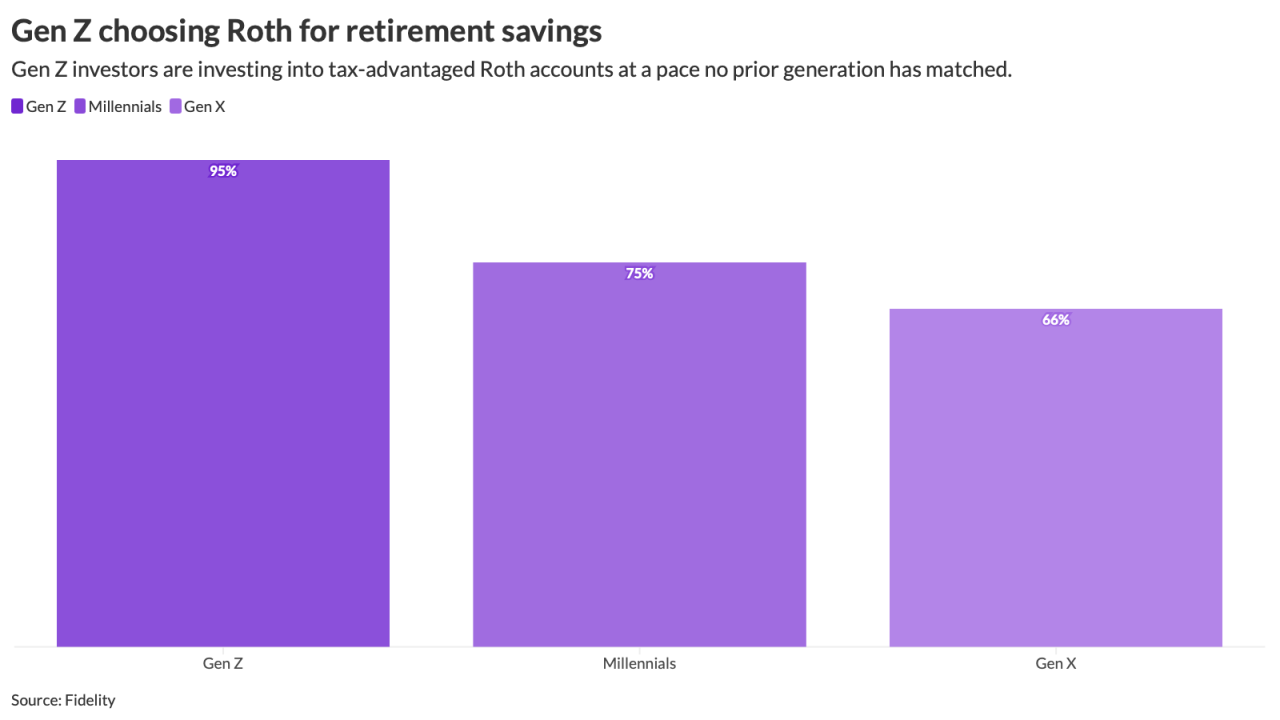Payrolls rose less than projected in August, and the unemployment rate was unexpectedly driven down by Americans leaving the labor force, boosting the odds of additional Federal Reserve easing to spur a faltering recovery.
The economy added 96,000 workers after a revised 141,000 increase in July that was smaller than initially estimated, Labor Department figures showed last week in Washington. The median estimate of 92 surveyed economists called for a gain of 130,000. The jobless rate fell to 8.1 percent.
Treasuries and gold rose on bets the figures make it more likely Fed policy makers will expand record monetary stimulus next week after Chairman Ben Bernanke called unemployment a “grave concern.” The report also dealt a blow to President Barack Obama one day after he accepted the Democratic Party’s nomination for a second term.
“This is definitely a setback for the labor market and the economy,” said Michael Feroli, chief U.S. economist at JPMorgan Chase & Co. in New York and former economist for the Fed. “This clearly validates Bernanke’s concern. We have Europe, the fiscal cliff, and it is a generally cautious business environment.”
Employers may be reluctant to expand headcounts as they face a global economic slowdown and the so-called fiscal cliff, the $600 billion of tax increases and spending cuts that will take effect automatically at the end of the year unless Congress acts.
Some companies are planning to reduce staff. Mountain View, Calif.-based Google Inc. said on Aug. 13 it will cut about 4,000 positions at its Motorola Mobility Holdings Inc. unit, with about one-third of the reductions coming in the U.S. Printer maker Lexmark International Inc. on Aug. 28 announced plans to eliminate 1,700 jobs globally.
For Kimberly Hackler of White, Ga., the job search has been “frustrating at best, a little disheartening.” The 49-year-old has been looking for work since November, applying for about 190 positions.
“I’m very concerned about those of us who are unemployed and where are we going to find stable employment,” Hackler told the Bloomberg News Service. “I don’t see the economy improving anytime soon. I am concerned it could get worse.”
The report dealt a blow to Obama’s hopes of gaining momentum coming out of his party convention and gave Republican candidate Mitt Romney another campaign weapon.
“If last night was the party, this morning is the hangover,” Romney said in a statement. “It is clear that President Obama just hasn’t lived up to his promises and his policies haven’t worked.”
Labor Secretary Hilda Solis used the report to renew calls for Congress to approve a $447 billion jobs plan proposed by the administration last September.
“We still see some areas where we need more improvement,” Solis said in an interview. “That’s why we need to have cooperation with the Congress. They’ve got a proposal up there, the American Jobs Act, that would help create a million jobs.”
U.S. Chamber of Commerce Chief Economist Martin Regalia was less enthused about government plans.
“For yet another month the economy created a paltry number of jobs,” Regalia said. “The unemployment rate dropped because 368,000 people left the workforce. The participation rate in the jobs market is at a 30-year low. Clearly the economic policies that have been implemented in Washington are failing. These numbers virtually assure that the Fed will try to bail out the economy with yet another round of monetary easing.”
Survey estimates ranged from increases of 70,000 to 185,000. Revisions to prior reports subtracted a total of 41,000 jobs from payrolls in the previous two months.
Factory employment fell by the most in two years, temporary-help companies eliminated positions for the first time in five months and the share of the working-age population in the labor force slumped to the lowest since 1981.





